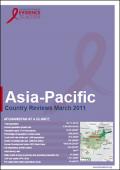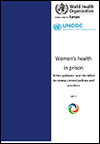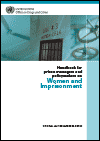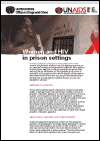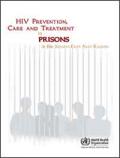Publications on Prisoners
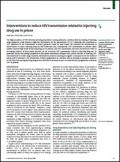
Resource | Reviews and Snapshots,
The high prevalence of HIV infection and drug dependence among prisoners, combined with the sharing of injecting drug equipment, make prisons a high-risk environment for the transmission of HIV. Ultimately, this contributes to HIV epidemics in the communities to which prisoners return on their release. We reviewed the eff ectiveness of interventions to reduce injecting drug use risk behaviours and, consequently, HIV transmission in prisons.
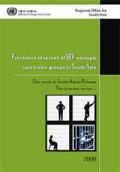
Prevention of Spread of HIV amongst Vulnerable Groups in South Asia: Our work in South Asian Prisons
Resource | Publications,
Everywhere in the world, rates of HIV-infection among prison populations are generally much higher than in the general population. Drug use in general, and injecting drug use in particular, as well as violence and the practice of men having sex with men are widespread in prisons.
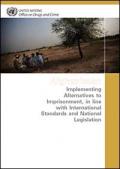
Resource | Publications,
The assessment provides a review of existing legislation, in terms of their provisions for non-custodial measures and sanctions, with particular focus on the provisions for offenders with mental healthcare needs, drug users, women, juveniles and first time non-violent offenders.
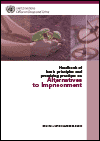
Resource | Publications,
The handbook has been written for criminal justice officials, non-governmental organizations, and members of the community who are working to reduce over-reliance on imprisonment; to improve the delivery of justice, including rehabilitation and reintegration; and to integrate international human rights-based standards and norms into local policies and practices.






